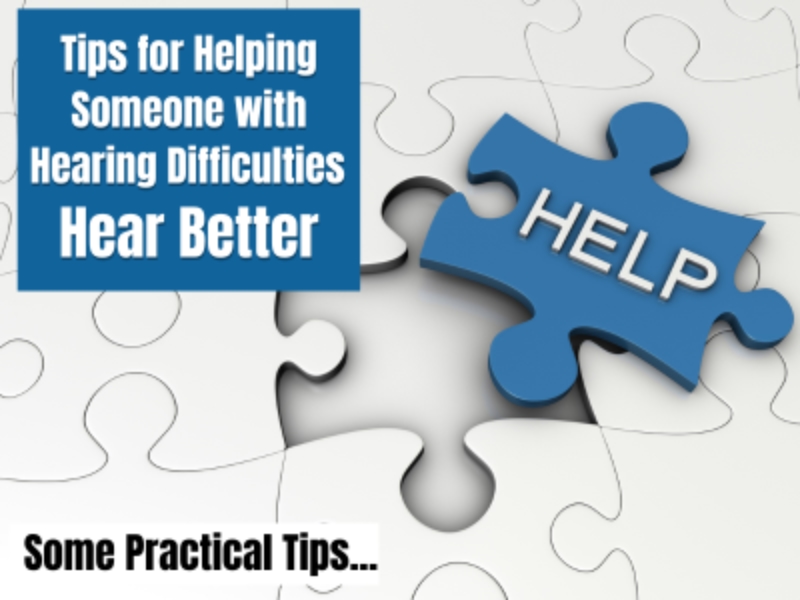Navigating conversations with someone who has hearing challenges can require a bit of extra thought and effort, but it’s well worth it for the connections we build. Here are some practical tips to foster more inclusive and effective communication:
1. Get Their Attention First…Before jumping into a conversation, make sure you have the person’s attention. A gentle wave or a tap on the shoulder can signal that you have something to say. This helps them focus on you and prepares them to listen.
2. Face the Person While Speaking…When you talk, face the person directly. This not only allows them to read your lips, but also gives them visual cues from your facial expressions. Good eye contact can enhance understanding and engagement.
3. Speak Clearly and Naturally…Articulate your words clearly, but avoid overly exaggerating or shouting. Speaking in a normal tone helps maintain a natural flow to the conversation. If something isn’t understood, you can always repeat it or rephrase it for clarity.
4. Reduce Background Noise…Try to minimize distractions during conversations by turning off background music or moving to a quieter space. A calm environment helps the person focus on what you’re saying without overwhelming noise.
5. Use Simple Language…When possible, try to use straightforward language. Complex terms or jargon can lead to confusion. Keeping sentences short and to the point can aid in better comprehension.
6. Utilize Gestures and Visual Cues…Incorporating gestures or visual aids can help convey your message. Pointing to objects or using relatable hand signals can bridge communication gaps. It's a fun way to enhance understanding without relying solely on spoken words.
7. Be Patient and Open to Clarifications…If the person doesn’t understand something, encourage them to ask questions. Maintaining a patient attitude is crucial. Sometimes, you may need to rephrase or summarize information, which allows for a richer dialogue.
8. Check for Understanding…After sharing important information, check in with them to ensure they understood. A simple, “Did that make sense?” or “Do you have any questions?” can validate their experience and make them feel more comfortable.
9. Be Mindful of Your Tone and Expression…Remember that tone and facial expression contribute significantly to communication. People with hearing impairments might miss certain tonal nuances, so your body language can help convey the intended message.
10. Encourage Assistive Devices…If they use hearing aids or other assistive listening devices, be supportive of their use. Understanding how these tools work can help everyone communicate more effectively.
Our ability to connect with one another is fundamental to our relationships. By implementing these tips, we can create a more inclusive environment for those with hearing challenges. Remember that with kindness, patience, and flexibility, we can foster meaningful conversations that enrich our lives and the lives of those around us. Every effort counts in building stronger connections!
At Mid-America Hearing Center, we care about more than just hearing aids. We believe that better hearing can save you from those awkward moments of misunderstanding and strengthen your relationships. Our friendly team is here to help you understand the importance of hearing health and how it can enhance your life. Why wait any longer? Let’s take that first step together! Give us a call for a FREE Hearing Test and FREE Cognitive Screening, and learn more about our 60 day risk-free trial/
